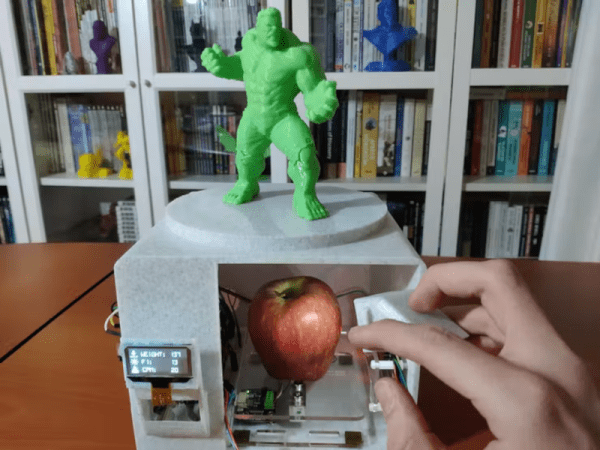If you’re lucky enough to work from home, you’ll soon find that it presents its own set of challenges, mostly related to work/life balance. It can get so bad that you don’t know what day of the week it is. Really. Ask us how we know.
Rather than miss a meeting (or a day off), prolific hacker [Arnov Sharma] created this day of the week clock. It uses a customized LED driver board with seven sets of three LEDs, each driven by a MOSFET. Each MOSFET is controlled by a DFRobot Mini Beetle ESP32-C3. It runs on a 2200 mAh, 3.7 V lithium-ion battery.
While this is mostly PCBs, there are three printed parts that turn it into a displayable object. We really like the look of this clock — it has just the right amount of pizazz to it and reminds us of a and old movie marquee. Be sure to check out the great build instructions.
We love a good clock around here. In case you missed it, here is the latest from [Moritz v. Sivers] that uses a caustic lens to display the time.












